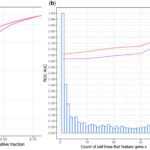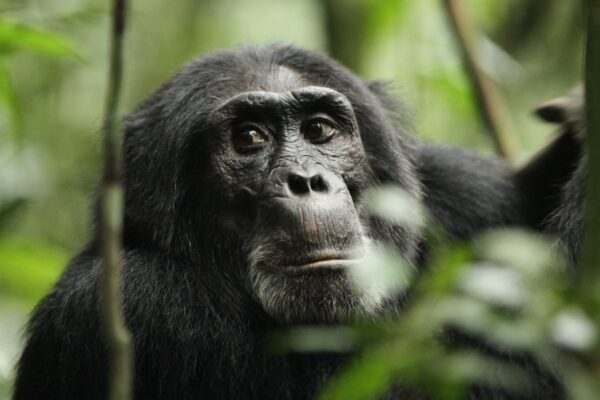2023-02-06 テキサス大学オースチン校(UT Austin)
◆大型哺乳類やその他の動物が生態系に果たす役割については、これまでにも同様の研究が行われてきましたが、多くの島の生態系を構成する重要な要素である爬虫類については、今回の研究が初めてとなります。
◆この研究では、機能的多様性として知られる、カリブ海に生息する418種の爬虫類を対象に、ある場所に生息するさまざまな生物を時系列的に分類する以上のことを行っています。この研究では、カリブ海に生息する418種の爬虫類を対象に、それらの生物がどのような機能を持ち、自然環境の繁栄を支えているのかを明らかにしました。418 種の生物は、123 の機能的実体、つまり同じ一連の特徴を共有し、同様の生態系サービスを行う可能性がある種のグループに分類することができる。
<関連情報>
- https://news.utexas.edu/2023/02/06/loss-of-reptiles-poses-threat-for-small-islands-where-humans-may-have-caused-extinctions/
- https://www.pnas.org/doi/10.1073/pnas.2201944119
デファウネーションと種の導入が島嶼性爬虫類の長期的な機能形質の多様性を変化させる Defaunation and species introductions alter long-term functional trait diversity in insular reptiles
Melissa E. Kemp
Proceedings of the National Academy of Sciences Publishesd:February 6, 2023
DOI:https://doi.org/10.1073/pnas.2201944119

Significance
Reptiles serve a host of ecological functions, but how functional diversity has changed through time remains unclear. Here, functional diversity in Caribbean reptiles is quantified using functional entities (FEs): groupings of species with similar traits that are expected to provide similar ecosystem services. Quaternary extinctions erode the number of FEs most severely on small islands, which lose up to 67% of their native FEs. While species introductions restore functional richness on small islands, lost FEs are not being replaced by species introductions, which are shifting Caribbean biotas into novel functional trait space and leaving native FEs vulnerable to further loss. This study highlights the importance of investigating functional diversity in reptile faunas, which remain understudied relative to other vertebrate taxa.
Abstract
Biodiversity loss poses a major threat to ecosystem function, which has already been severely impacted by global late-Quaternary defaunation. The loss of mammalian megafauna from many insular systems has rendered reptiles into key modulators of many ecosystem services, such as seed dispersal and pollination. How late-Quaternary extinction events impacted reptile functional diversity remains unclear but can provide critical guidance on traits that render reptiles vulnerable to extinction, as well as anthropogenic, environmental, and evolutionary histories that may promote stability and resilience. This study reconstructs the trajectory of functional diversity change in the Caribbean reptile fauna, a speciose biota distributed over a diverse set of islands with heterogeneous histories of human habitation and exploitation. Human-induced Quaternary extinctions have completely removed key functional entities (FEs)—groupings of species with similar traits that are expected to provide similar ecosystem services—from the region, but functional redundancy on large islands served as a buffer to major functional diversity loss. Small islands, on the other hand, lose up to 67% of their native FEs with only a few exceptions, underscoring the importance of a place’s anthropogenic history in shaping present-day biodiversity. While functional redundancy has shielded ecosystems from significant functional diversity loss in the past, it is being eroded and not replenished by species introductions, leaving many native FEs and the communities that they support vulnerable to extinction and functional collapse. This research provides critical data on long-term functional diversity loss for a taxonomic group whose contributions to ecosystem function are understudied and undervalued.


